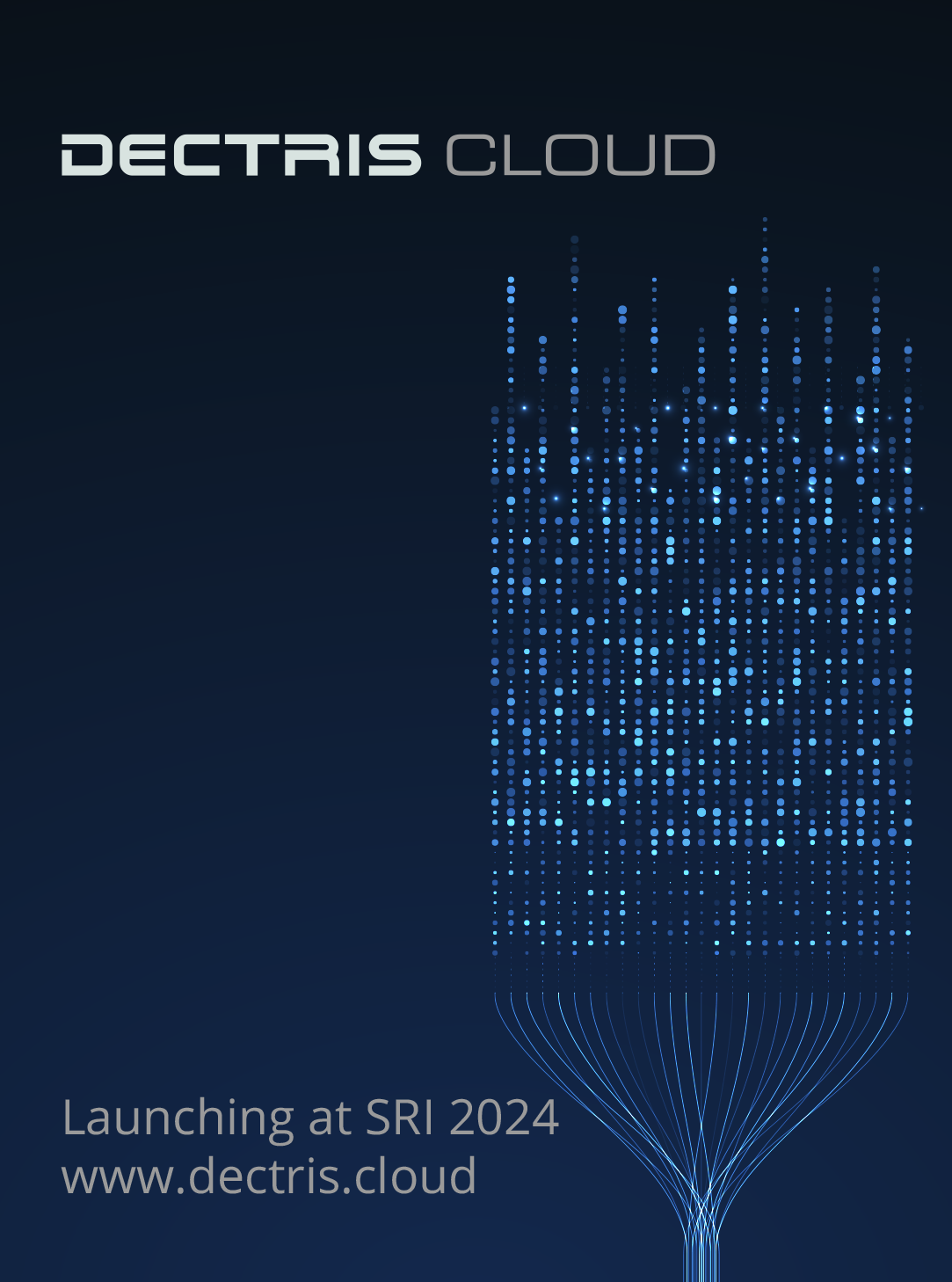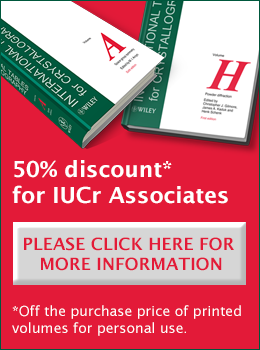


Editorial
Editorial
![thumbnail [thumbnail]](https://www.iucr.org/__data/assets/image/0004/159727/thumbnail.gif)
I recently attended a meeting of the Biographical Memoirs Committee of the Royal Society where a discussion was had about how to promote the Memoirs to the wider public. I was reminded that some time ago we ran an article (https://www.iucr.org/news/newsletter/etc/articles?issue=147154&result_138339_result_page=24) on the memoirs of crystallographers who were Fellows of the Royal Society. When one considers the great successes of crystallographers since the initial work of Laue in Germany and the Braggs, father and son, in England in 1912, together with the extraordinary number of Nobel Prizes awarded for research in or related to crystallography (roughly 30), it is not surprising to find so many biographical memoirs of crystallographers in the Royal Society archives. So, for those of you who missed the earlier article, I thought it would be worth recalling that there is a wealth of interesting material available on the Royal Society website. Since that list was published in the Newsletter, we have to add the memoirs of Michael Woolfson, who died in 2019 (https://royalsocietypublishing.org/doi/10.1098/rsbm.2021.0018), and Louise Johnson, who died in 2012 (https://royalsocietypublishing.org/doi/10.1098/rsbm.2021.0038).
It is not often that a particular science suddenly has most of its basic tenets overthrown, but that is exactly what occurred 40 years ago in Crystallography. I recall how surprised (shocked?) I was to hear then that some crystals had been discovered that completely overturned the received dogma on the nature of symmetry in crystals. Like most crystallographers, I had been brought up in the belief that crystals could not have 5-fold rotational symmetry and that, according to the so-called Crystallographic Restriction Theorem, only 1 (i.e. no symmetry), 2, 3, 4 and 6-fold symmetry were allowed. Dan Schechtman’s discovery and subsequent Nobel Prize (2011) made crystallographers rethink what they thought they knew about crystal symmetry. In this issue of the Newsletter, Istvan Hargittai has written an article for us (https://www.iucr.org/news/newsletter/volume-32/number-4/tribute-to-the-support-groups-in-the-quasicrystal-discovery-a-40-year-anniversary) recording some aspects of that discovery and how it came to be in collaboration with others at the time. Today, the existence of so-called quasicrystals is completely accepted, and numerous papers and books have been written on this subject. However, this is mainly of an academic nature since quasicrystals have yet to find much application, and the Restriction Theorem still applies to most crystals that we study. Quasicrystals belong to a class of crystals known in general as aperiodic crystals, where the usual concept of periodicity (i.e. repetition of atoms or molecules to define what we call the crystal structure) breaks down in three dimensions. However, when one considers periodicity occurring in a higher dimension (mathematicians have no problem with this!), typically in a 6-dimensional space, quasicrystals then become understandable as a projection down onto our 3-dimensional world. So, when we think of what a crystal means, we have to revise previously held views. See, for example, https://www.iucr.org/news/newsletter/etc/articles?issue=151351&result_138339_result_page=17. It is interesting to note that some clever scientists, such as Roger Penrose and, especially, the crystallographer Alan Mackay at Birkbeck College London, had already been playing around with these ideas long before the discovery of quasicrystals. I recall, as a young PhD student, attending lectures by Alan, who taught us how to draw different crystal shapes, and he introduced some rather unusual thoughts on crystal symmetry, but I have to admit that I did not appreciate his ideas at the time!
Copyright © - All Rights Reserved - International Union of Crystallography







